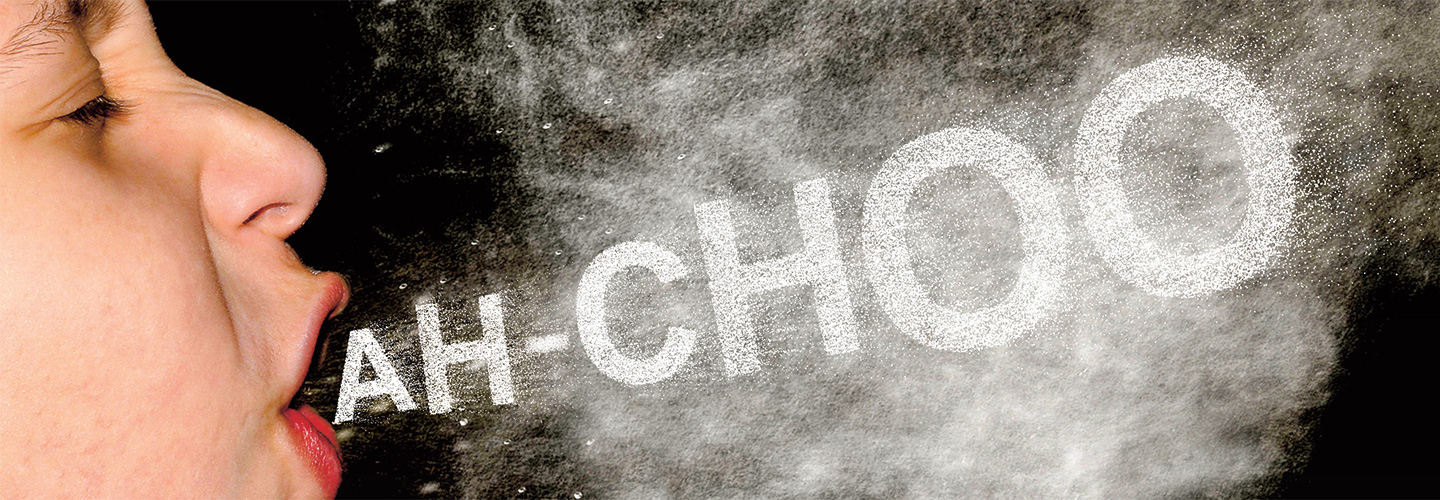Ten years ago, Ebenezer Satyaraj’s (SAT-eh-rahj) daughter was playing with a friend’s cat when she started to feel sick. She had itchy eyes, a runny nose, and redness where the cat had licked her. It turned out that she was allergic to cats.
Satyaraj’s daughter is not alone—one in seven kids ages 6 to 19 are allergic to cats. Many people experience symptoms like sneezing, coughing, a runny nose, itchy eyes, and rashes.
To keep from feeling sick, some cat owners might decide to spend less time with their pet or take allergy medicine. “Allergies can hurt the relationship between people and their pet cats,” says Satyaraj.
He hopes to change that. As a scientist at the pet food company Purina, he found that adding a special ingredient to cat food could help allergy sufferers. Satyaraj and his team followed these steps in the scientific process to make their discovery.

